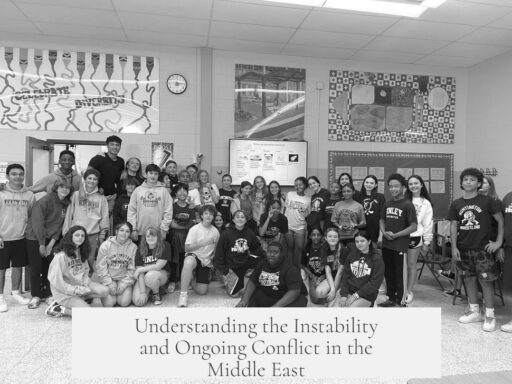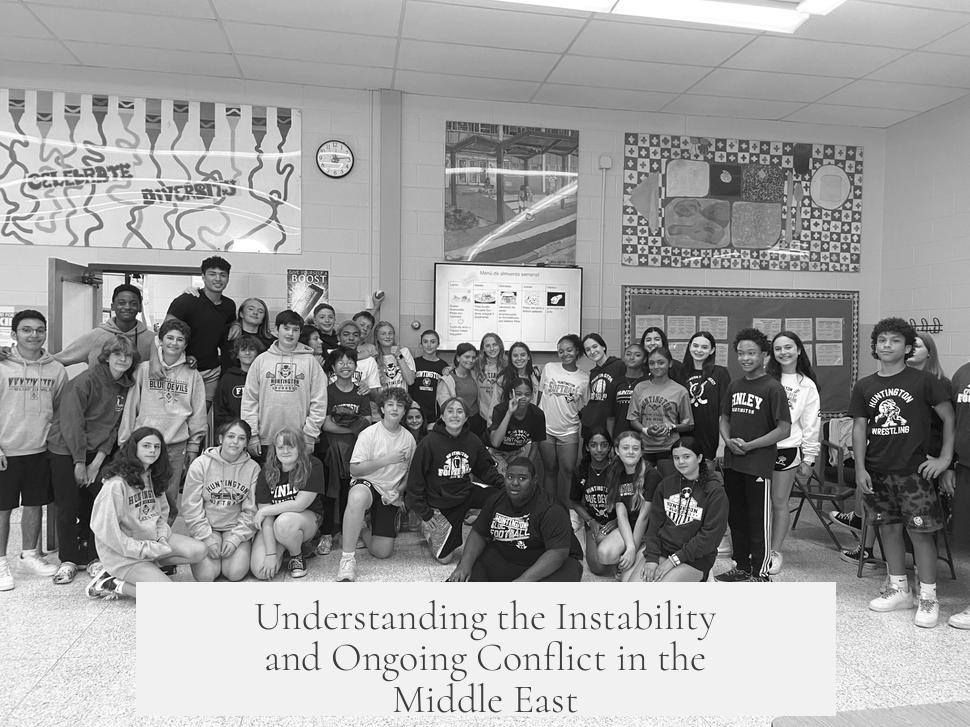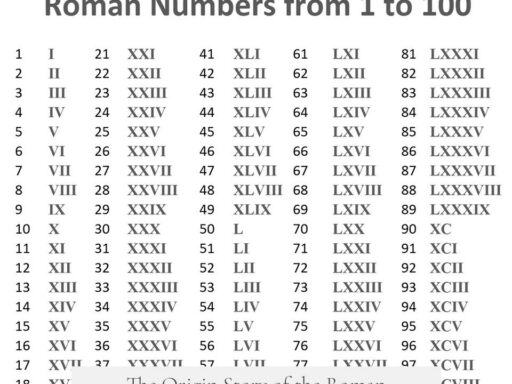Major parts of the Middle East remain unstable and experience constant war due to a combination of historical imperialism, colonial divisions, ethnic and religious divides, broken promises, external interventions, and competition over oil resources.
After the fall of the Ottoman Empire, the Middle East was carved into new states by Britain and France. This colonial division established artificial borders devoid of ethnic, tribal, or religious coherence. The British Mandate in Mesopotamia became Iraq, and French mandates formed Syria and Lebanon. These states were engineered to be weak and dependent on the West. This weakness triggered coups, civil wars, and interstate conflicts as leaders struggled to maintain control.
Promises made during World War I worsened tensions. The Arab Revolt leaders were promised an independent Syria, but the secret Sykes-Picot Agreement divided the region between Britain and France, betraying these promises. Likewise, the Balfour Declaration supported a Jewish homeland in Palestine without addressing the rights of indigenous Palestinians. These betrayals sowed deep mistrust and paved the way for prolonged hostility, especially between Arabs and Jews.
The Arab-Israeli conflict remains central to regional instability. After Israel’s victory in the 1948 war against an Arab coalition, Israel became seen as an extension of Western colonial influence. This perception fueled further wars and violence. The Palestinian Liberation Organization (PLO) rose in prominence, advocating for Palestinian statehood. Conflicts like the 1982 Israeli invasion of Lebanon entrenched hostility and instability in the region.
The era of pan-Arabism and the Arab Cold War marked another shift. Post-colonial leaders like Egypt’s Nasser challenged Western dominance and promoted Arab unity. However, intra-Arab rivalries and different political visions led to new conflicts and coups, such as those in Syria and Egypt. This period sowed division even among Arab states.
Religious minorities often dominate governments in the Middle East, complicating governance and fueling sectarian tension. For example, Iraq’s Sunni minority ruled Shia majorities for decades. Both Iraq and Syria were ruled by Ba’athist parties representing minority sects. After Saddam Hussein’s fall, Shia majority rule intensified sectarian conflicts. This religious divide expanded into a wider Sunni-Shia conflict, especially involving Iran and Saudi Arabia. The “Shiia crescent,” led by Iran, includes Shia populations in key oil-producing regions, increasing the stakes of this rivalry.
External intervention has prolonged conflicts. The US and other powers have often backed different factions to secure influence. The 1980-1988 Iran-Iraq War was supported by the US favoring Iraq. The 1990 Gulf War expelled Saddam Hussein’s forces from Kuwait, highlighting the US interest in securing oil supplies and strategic positions. America’s control and access to Middle Eastern oil underpins much of its policy in the region. Oil remains a critical factor, with control over Gulf resources ensuring continued global economic leverage.
The petrodollar system, where oil sales must be made in US dollars, reinforces US alliances with Sunni Gulf monarchies. The US generally supports Sunni states like Saudi Arabia, both for oil access and geopolitical strategy, further intensifying sectarian divides as Shia states like Iran are viewed as destabilizers.
In summary, instability in the Middle East results from:
- Colonial legacies creating artificial states lacking cohesion
- Betrayal of Arab promises fostering distrust
- The ongoing Arab-Israeli conflict
- Intra-Arab rivalries and failed pan-Arabism
- Religious minority rule feeding sectarian tensions
- Deep Sunni-Shia divisions driven by political and religious competition
- External interventions aimed at control of strategic resources, especially oil
- The global importance of oil maintaining foreign involvement and sectarian alliances
The combination of historical grievances, ethnic and religious complexities, and external power struggles explains why much of the Middle East remains unstable and prone to ongoing conflict.




